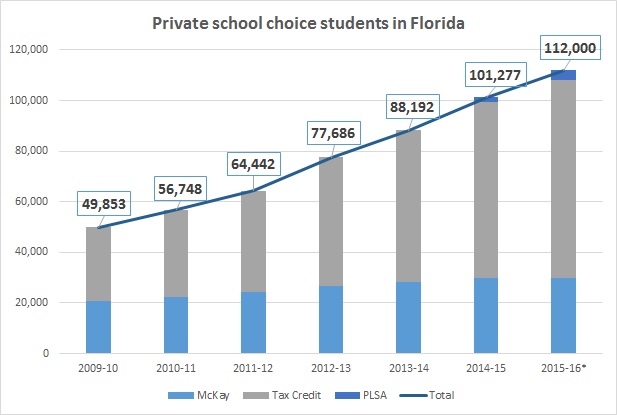Tag: Friedman Foundation

Putting Florida’s private school choice participation in perspective
Florida may be home to the largest private-school choice program in the nation, but its level of participation ranks no. 3 in the country, according to new data from the Friedman Foundation for Educational Choice. The no. 1 state (Arizona) should come as no surprise. The no. 2 state (Vermont) might,... READ MOREReport: Private schools can learn from successful charter schools
A new report argues supporters of private school choice can...
READ MORESurvey: Support and opposition growing for school vouchers
Public support may be growing nationally for school voucher programs,...
READ MOREFlorida’s tax credit scholarship program the most regulated such program in U.S.
As Florida lawmakers voted this year to strengthen a scholarship...
READ MOREWhen Catholic schools become charter schools
When it comes to urban private schools competing against free...
READ MORENext week: Live chat with Mike Petrilli about school choice & accountability
Is parental choice alone accountability enough for private schools that...
READ MORESurvey: school vouchers in middle of Americans’ ed reform list
So here’s a new finding from a leading school choice...
READ MORERobert Enlow: Wishing for more choice, less regs
Editor’s note: Robert Enlow is the president and CEO of...
READ MOREWhat’s your #schoolchoiceWISH? (the blog version)
This week, we posed that question to many of you...
READ MORESurvey: Parents pick private schools based on learning environment, not test scores
When it comes to reasons why parents move from public...
READ MORENo question, parents flock to school choice
The American Federation of Teachers released a new survey...
READ MORE

